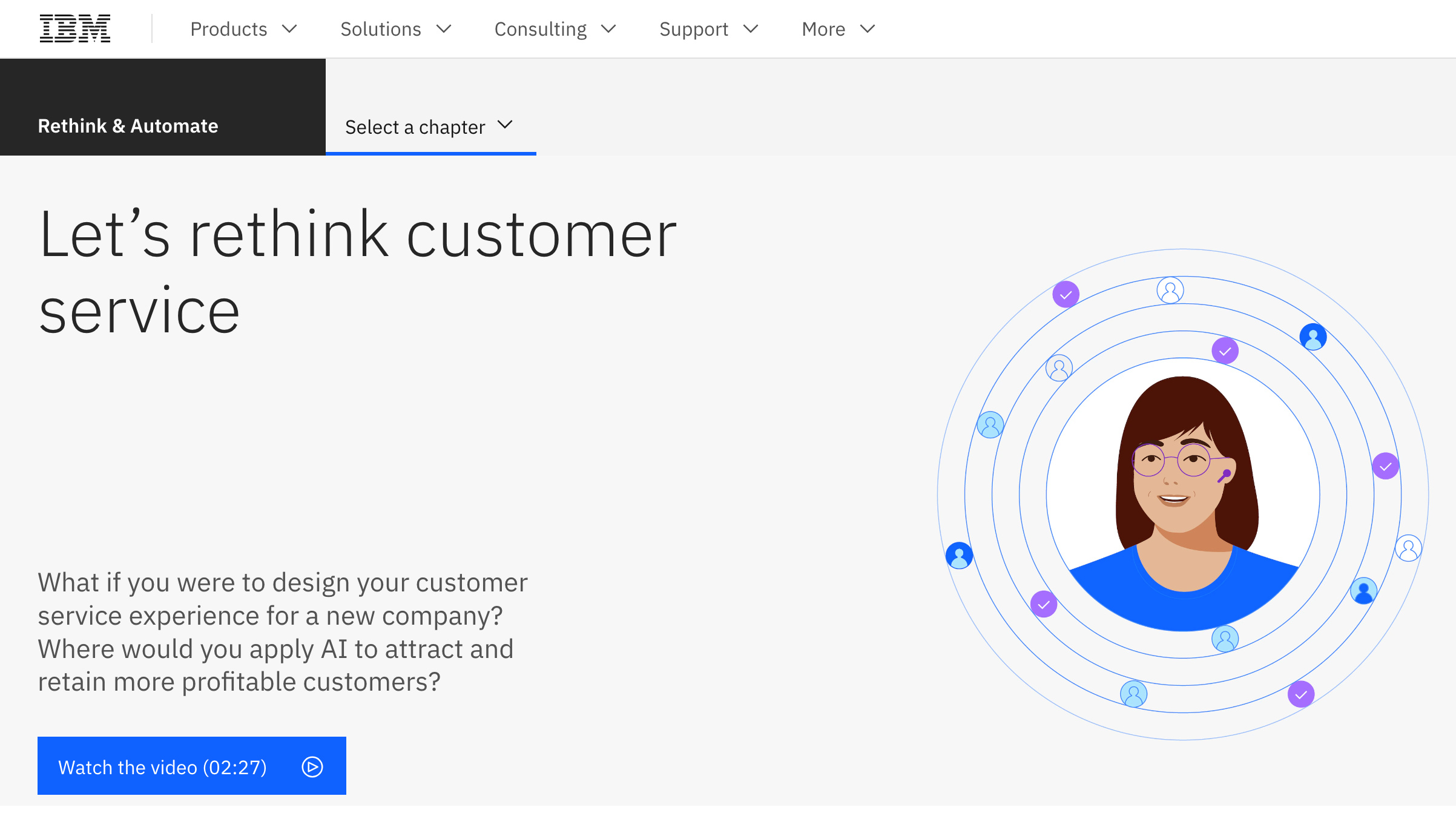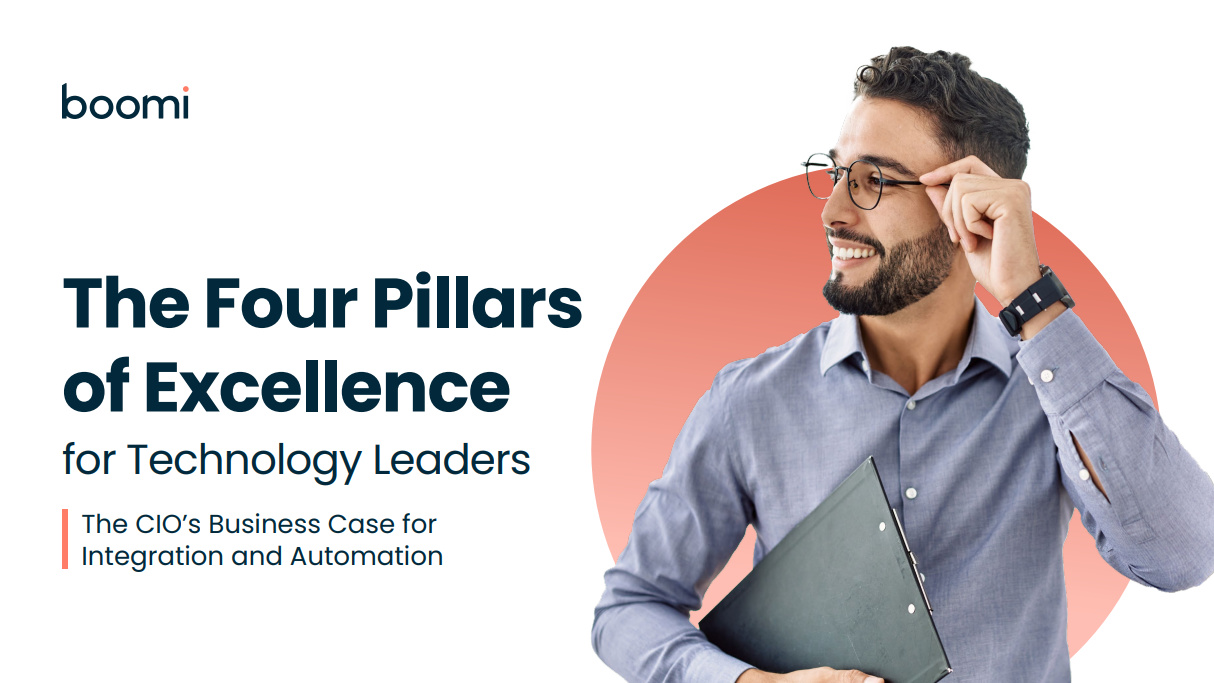Hyperautomation in action: The most exciting examples
Three case studies showcasing the potential for hyperautomation to radically transform business processes


First coined by Gartner, hyperautomation is used to describe the means of rapidly identifying, vetting and automating as many business processes as possible.
Many organisations mistakenly assume hyperautomation is limited to one technology, tool or platform, but it actually involves the orchestrated use of a variety in any given project.
“Examples include artificial intelligence (AI), machine learning, robotic process automation (RPA), integration platform as a service (iPaaS) and low-code or no-code tools,” explains Gartner VP analyst Stephanie Stoudt-Hansen.
Different terms are used to describe this trend – for example, Accenture defines it as intelligent automation, while Forrester prefers the term automation fabric. The framework, however, is the same – to develop a hybrid workforce of human and digital workers that links automation components and encourages innovation.
What are the benefits of hyperautomation?
Hyperautomation initiatives come in many different shapes and sizes and are being seen across a wide range of industries, from banking and insurance to manufacturing and healthcare.
“Examples include automation of invoice validation, medical screening, order generation and predictive maintenance, which can result in significant time savings, reduced errors or downtime, quicker processes, and in the case of healthcare; earlier identification of health risks or problems,” says Jaco Vermuelen, CTO at BML Digital.
As hyperautomation has matured, the drivers and levels of value, too, have shifted, as have the sources. Gartner reports that initiatives are now more likely to be driven by business units and fusion teams than IT departments, and while cost saving is a key aspect of 90% of hyperautomation strategies, faster cycle times and higher quality business processes are also key goals.
Sign up today and you will receive a free copy of our Future Focus 2025 report - the leading guidance on AI, cybersecurity and other IT challenges as per 700+ senior executives
We’ve rounded up three of the most exciting examples of hyperautomation in action, showcasing how these initiatives are changing the way businesses approach their internal processes.
CVS Health: Lowering regulatory risk

US healthcare company CVS Health has taken advantage of hyperautomation, according to Gartner, to simplify its unwieldy benefits administration processes, improving efficiency, accuracy and customer service.
RELATED RESOURCE

The COO's pocket guide to enterprise-wide intelligent automation
Automating more cross-enterprise and expert work for a better value stream for customers
A new system was developed to streamline tasks from application receipts and payments to issue resolution. These were cross-functional, largely manual and time-consuming tasks beforehand, which involved analysing data in a wide range of formats and aligning with complex coding rules. However, using a combination of AI, RPA, machine learning, data analytics and natural language processes (NLP), the company was able to automate much of this work.
The system’s dynamic workflow manages each step, dealing with errors and exceptions using a rule-based process that sends out alerts when human support is needed. This has sped up processes exponentially, but also lowered the risk of human error – a big concern in this highly regulated industry.
The system also improved CVS Health’s agility by enabling it to introduce new programmes and products faster, as well as respond to requirements and coding practice changes more quickly.
“The initiative achieved classic automation goals, such as cutting administration time and costs as well as errors and risks, but also delivered a competitive differentiator,” says Frances Karamouzis, distinguished VP analyst at Gartner. “It enabled the organisation to offer personalised benefits scenarios during the sales process, as well as onboard new accounts much more quickly.”
Reckitt: Automating the IT department

Reckitt, a producer of health, hygiene and nutrition products, began to implement an automation-first approach last April to eliminate any repetition of processes within the business. This began with IT operations.
“Every department, in any business, has repetition in tasks or processes. We wanted to focus on areas where we saw that repetitive work was having a significant impact on both the team members and user experience,” says Prashant Arora, head of service modernisation and automation, Reckitt.
The company started by analysing its IT suite to identify the tasks taking the longest to solve and consulting with internal stakeholders on what processes they would like to see automated. “It’s important to engage with key stakeholders at every level of the automation journey,” Arora says.
Working with UiPath, Reckitt has so far automated more than 20% of processes within every element of its IT operations, from service desk to end-user computing and application. The ninety-plus software robots it’s implemented have saved the business over 10,000 hours a month.
The company has also used process mining tools to reveal the inner workings of its IT operations and as a result of the findings, set up a service modernisation and automation function called NextGen IT Ops.
“This owns the entire digital transformation of IT operations using a mix of long-term employees, automation experts, support and external partners. The team is responsible for scaling automation quickly and effectively, as well as up-skilling and cross-skilling. It serves as a group of evangelists to educate the wider employee base and garner support, but also to ensure staff acquire the skills needed to continuously innovate,” says Arora.
This is essential, says Dan Farrell, Accenture’s industry X engineering and manufacturing lead, as one of hyperautomation’s biggest challenges is its skills shortage. “Technology continues to advance at a quicker rate than the pipeline of people available, and so investment in up-skilling will be crucial if businesses want to take advantage of intelligent automation.”
Heathrow airport: Embracing low-code and no-code

A great example of how hyperautomation can be powered by employees comes from Heathrow Airport. After downsizing its IT department during the pandemic, it needed to reduce its dependency on IT to deliver solutions.
The answer was to pivot the department to the role of orchestrator, building a low-code/no-code community of practice that enabled employees across the wider business to build their own automations.
This trend is expected to grow in popularity, according to Gartner, with the analyst firm predicting that by 2025, 70% of new applications developed by enterprises will use low-code/no-code technology.
The key to this project’s success was marketing its benefits to employees and IT guiding them on their journey. This created an engaged community empowered to develop solutions that would support their specific needs.
“We created a community that empowers employees to spot and deliver digital opportunities, but also equips them to avoid duplication, reduce manual processes improve productivity and enhance our overall digital experience,” says Leanna Lynch, Director of Technology at Heathrow Airport, in a Gartner case study.
One system developed by the business was a health and safety app that streamlined the work involved in helping an employee return to work. This was built alongside a turnaround audit app that allows the business to perform audits in a live environment without the use of Excel, which has helped to phase out the use of paper in this task.
As of last August, Heathrow’s hyperautomation efforts had garnered savings of approximately £1,980 in potential outsourcing costs, reduced paperwork by 120,000 pages and decreased manual data entry hours by more than 1,170.
Keri Allan is a freelancer with 20 years of experience writing about technology and has written for publications including the Guardian, the Sunday Times, CIO, E&T and Arabian Computer News. She specialises in areas including the cloud, IoT, AI, machine learning and digital transformation.
-
 Gender diversity improvements could be the key to tackling the UK's AI skills shortage
Gender diversity improvements could be the key to tackling the UK's AI skills shortageNews Encouraging more women to pursue tech careers could plug huge gaps in the AI workforce
-
 Researchers claim Salt Typhoon masterminds learned their trade at Cisco Network Academy
Researchers claim Salt Typhoon masterminds learned their trade at Cisco Network AcademyNews The Salt Typhoon hacker group has targeted telecoms operators and US National Guard networks in recent years
-
 Can robots work safely alongside humans? This one industry leader thinks we're not far away
Can robots work safely alongside humans? This one industry leader thinks we're not far awayNews Humanoid robots and people will be able to work truly side-by-side this year, according to the CEO of one leading robotics company.
-
 The power of AI & automation: Proactive IT
The power of AI & automation: Proactive ITWhitepaper Automation strategies to dynamically and continuously assure cost-effective application performance
-
 Magic Quadrant for enterprise conversational AI platforms
Magic Quadrant for enterprise conversational AI platformsWhitepaper An evaluation of the conversational AI platform (chatbot) market
-
 Let's rethink customer service
Let's rethink customer servicewhitepaper Discover new ways to improve your customer service process
-
 The power of AI & automation: Productivity and agility
The power of AI & automation: Productivity and agilitywhitepaper To perform at its peak, automation requires incessant data from across the organization and partner ecosystem
-
 Digitization solves manufacturing’s five toughest challenges
Digitization solves manufacturing’s five toughest challengesWhitepaper Discover the technology trends that overcome manufacturing’s challenges, from cyber resilience to breaking free from legacy technology
-
 The four pillars of excellence for technology leaders
The four pillars of excellence for technology leaderswhitepaper Download this CIOs business case for integration and automation
-
 Building a strong business case for GRC automation
Building a strong business case for GRC automationwhitepaper Successfully implement an innovative governance, risk & compliance management platform
